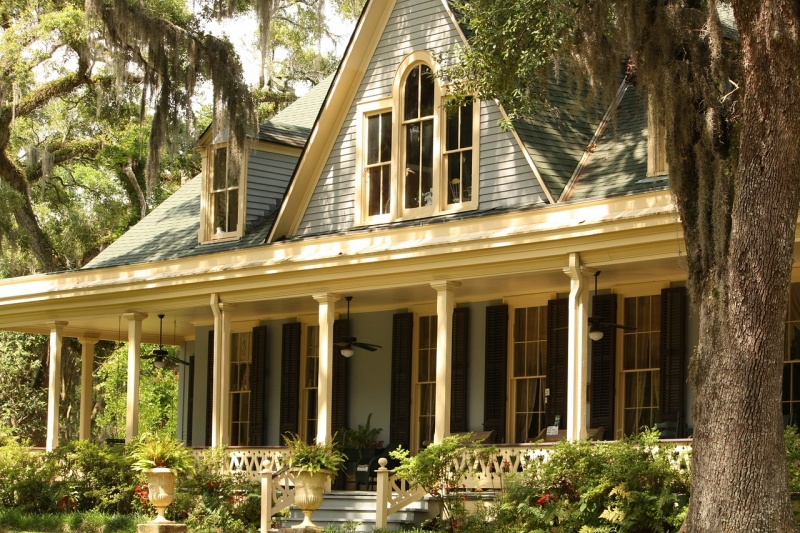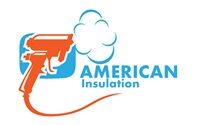Understanding the unique challenges of insulating historic homes
Insulating historic homes presents a set of unique challenges that differ from those encountered in modern buildings. One major concern is preserving the architectural integrity of these homes while improving their energy efficiency. Many historic homes have intricate designs and materials that require careful consideration when adding insulation. For example, using traditional insulation methods such as fiberglass batts can disrupt the original features and compromise the historical value of the property.
Another challenge in insulating historic homes is ensuring compatibility with existing building materials. These homes often have walls made of solid brick or stone, which may not be suitable for conventional insulation techniques. Retrofitting these structures without causing damage or altering their appearance requires specialized knowledge and expertise.
Additionally, moisture control is crucial when insulating historic properties. Older buildings typically lack adequate vapor barriers, making them more susceptible to issues like condensation and mold growth. It is essential to choose insulation materials that allow proper airflow and prevent moisture buildup within the walls.
Considering these challenges, it becomes clear that insulating historic homes requires a delicate balance between energy efficiency goals and preservation efforts. By understanding the unique characteristics of each property and exploring historically appropriate insulation options, homeowners can achieve both improved comfort levels and long-term sustainability while safeguarding the architectural integrity of their cherished heritage structures.
The importance of preserving the architectural integrity of historic homes
Preserving the architectural integrity of historic homes is of utmost importance. These structures are not just buildings; they are a reflection of our history and culture. The unique design elements, craftsmanship, and materials used in these homes tell a story that deserves to be preserved for future generations to appreciate and learn from.
When we make efforts to maintain the original features and character of historic homes, we ensure that their authenticity remains intact. This means carefully preserving details such as ornate moldings, intricate woodwork, stained glass windows, and period-specific fixtures. By doing so, we honor the craftsmanship of the past while also maintaining the overall aesthetic appeal of these remarkable dwellings.
Additionally, preserving the architectural integrity of historic homes helps to maintain property values within historical neighborhoods. These areas often attract individuals who appreciate the charm and character offered by these unique properties. By investing in preservation efforts rather than making drastic alterations or modernizations that may compromise their historical significance, homeowners can contribute to maintaining a sense of community pride while protecting their own financial investment.
By recognizing the importance of preserving the architectural integrity of historic homes, we acknowledge our responsibility as stewards of our shared heritage. Through careful restoration work and mindful maintenance practices, we can ensure that these valuable pieces of history continue to stand proudly for many more years to come without compromising their intrinsic value or sacrificing their irreplaceable beauty.

Identifying common insulation issues in historic homes
Historic homes often present unique challenges when it comes to insulation. One common issue is the lack of insulation altogether, as many older homes were built before energy efficiency became a priority. This can result in drafts, uneven temperatures, and high energy bills. Another problem is that historic homes may have existing insulation that has deteriorated over time or does not meet modern standards.
In addition to insufficient or outdated insulation, historic homes may also have architectural features that make adding insulation more difficult. For example, ornate plasterwork or intricate woodwork can make it challenging to install traditional types of insulation without damaging the original materials. Furthermore, some historic preservation guidelines restrict modifications to the exterior appearance of these homes, making it necessary to find alternative solutions that preserve their aesthetic integrity while improving energy efficiency.
When identifying common insulation issues in historic homes, it’s important to consider both thermal performance and moisture control. Inadequate ventilation and moisture management can lead to condensation problems and potential damage to the structure over time. Insulation should be carefully chosen based on its ability not only to regulate temperature but also manage humidity levels effectively.
By understanding these common issues related to insulating historic homes, homeowners and professionals can work together to find suitable solutions that balance energy efficiency with preserving the architectural character of these cherished properties.
Exploring insulation options that are both effective and historically appropriate
When it comes to insulating historic homes, finding options that are both effective and historically appropriate can be a challenge. Many homeowners want to preserve the architectural integrity of their properties while also improving energy efficiency. One option is to use traditional insulation materials such as cellulose or fiberglass, which can be installed in a way that minimizes damage to original features. These materials provide good thermal performance and can help reduce energy costs without compromising the historical character of the home.
Another option for insulating historic homes is using spray foam insulation. While this may not be considered historically accurate, it offers excellent thermal performance and air sealing capabilities. Spray foam insulation can be applied directly onto surfaces, filling gaps and cracks effectively while creating an airtight seal. It is important, however, to work with professionals experienced in working with historic structures to ensure proper installation techniques are used.
For those looking for more eco-friendly options, natural insulation materials like sheep’s wool or recycled denim offer sustainable alternatives. These materials provide good thermal performance and have minimal impact on the environment during production and disposal.
In summary, when exploring insulation options for historic homes, it is crucial to find solutions that balance effectiveness with historical appropriateness. Traditional materials like cellulose or fiberglass can provide good thermal performance while preserving the home’s architectural integrity. Spray foam insulation offers excellent air sealing capabilities but should be installed by professionals familiar with working on historic structures. Natural insulation materials like sheep’s wool or recycled denim offer eco-friendly alternatives for those concerned about sustainability.
The benefits of energy efficiency in historic homes
Energy efficiency is a crucial aspect to consider when it comes to historic homes. By implementing energy-efficient measures, homeowners can not only reduce their carbon footprint but also enjoy significant cost savings in the long run. Insulating historic homes properly can help minimize heat loss during winter and keep the interiors cool during summer, resulting in reduced reliance on heating and cooling systems.
One of the key benefits of energy efficiency in historic homes is improved comfort. Proper insulation helps maintain a consistent indoor temperature throughout the year, eliminating drafts and cold spots that are often common in older properties. This ensures a comfortable living environment for occupants while preserving the architectural integrity of these unique structures.
Furthermore, energy-efficient upgrades can enhance the overall value of historic homes. In today’s environmentally conscious society, potential buyers are increasingly drawn towards properties that prioritize sustainability and energy conservation. By investing in insulation solutions tailored to preserve both historical authenticity and improve energy performance, homeowners can attract more interest from prospective buyers and potentially command higher resale values.
In summary, prioritizing energy efficiency in historic homes brings several advantages including increased comfort levels for occupants, enhanced property value through sustainable practices, as well as reduced utility bills over time. It is essential to strike a balance between preserving historical features and incorporating modern insulation techniques to ensure these cherished buildings continue to stand strong for future generations while minimizing environmental impact.
